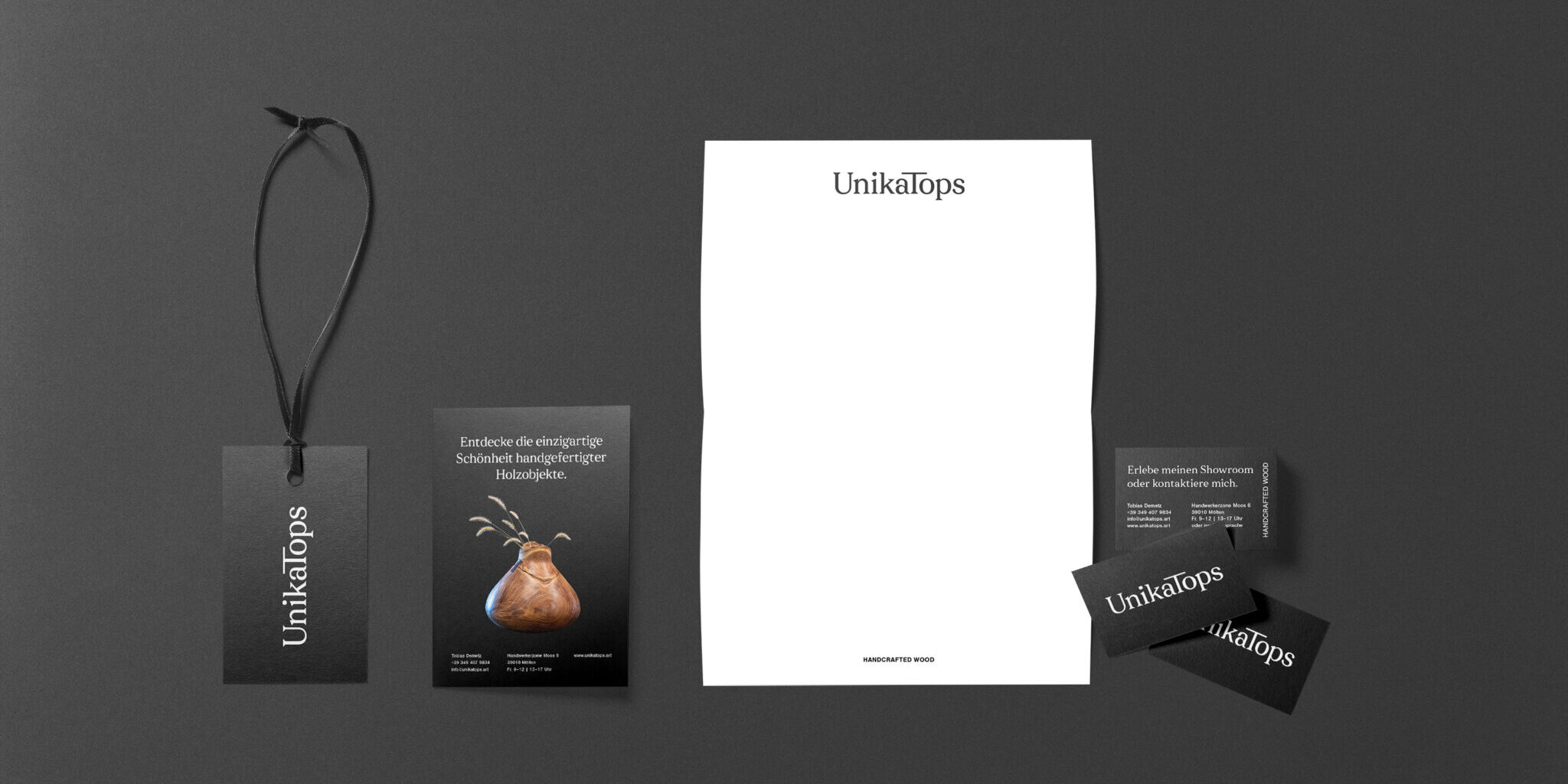Every time people interact with your brand—be it through social media posts, flyers or your website—it’s an opportunity to build a connection and establish your brand identity. And that’s where your brand collateral comes into play.
In this article, I’ll explain what brand collateral is and how it relates to other terms like brand touchpoints, marketing collateral and brand assets.
I’ll also give you plenty of examples of brand collateral and ideas on how to keep it relevant in the face of technological developments and changing consumer values.
What is Brand Collateral?
Brand collateral includes all materials created to represent a company and convey its brand identity. It can be physical or digital and includes business cards, letterheads, brochures, packaging, signage, advertising materials, or a branded website.
Your brand collateral plays an important role in establishing and maintaining a consistent and professional brand presence.
By consistently applying your branding to all promotional materials, your company can build recognition and trust with its target audience.
Brand Collateral vs Brand Touchpoints, Brand Assets, and Marketing Collateral
Terms like brand assets, marketing collateral and brand touchpoints can be confusing. They are very similar, but not the same thing. What exactly is the difference, and how does brand collateral fit into all of this?
- Brand Assets: These are the building blocks of your brand identity—visual, verbal, or other sensory cues that make your brand distinctive. Examples include your logo, typography, colours, brand voice, and even jingles or scents. These assets are always used in context: in your brand collateral.
- Marketing Collateral: These materials are a particular type of brand collateral designed to promote specific products or services and generate sales. Examples include flyers, brochures, catalogues, banners, and digital ads.
- Brand Touchpoints: These are all points of contact—intentional or unintentional—a person can have with your brand. In addition to your brand collateral, brand touchpoints could include interactions with customer representatives, product experiences, and more.



